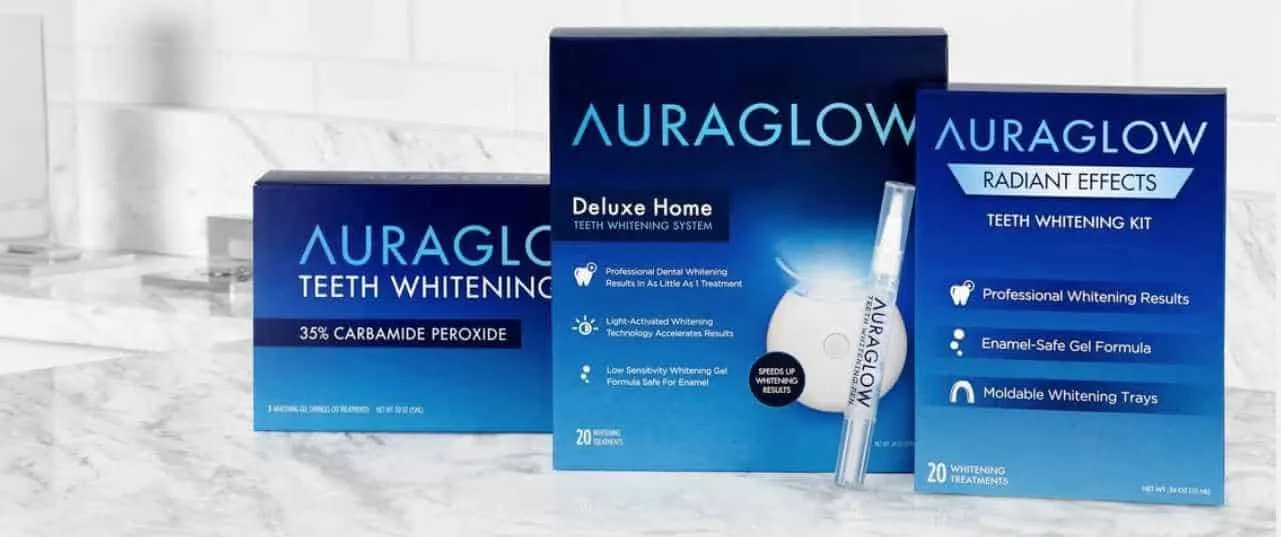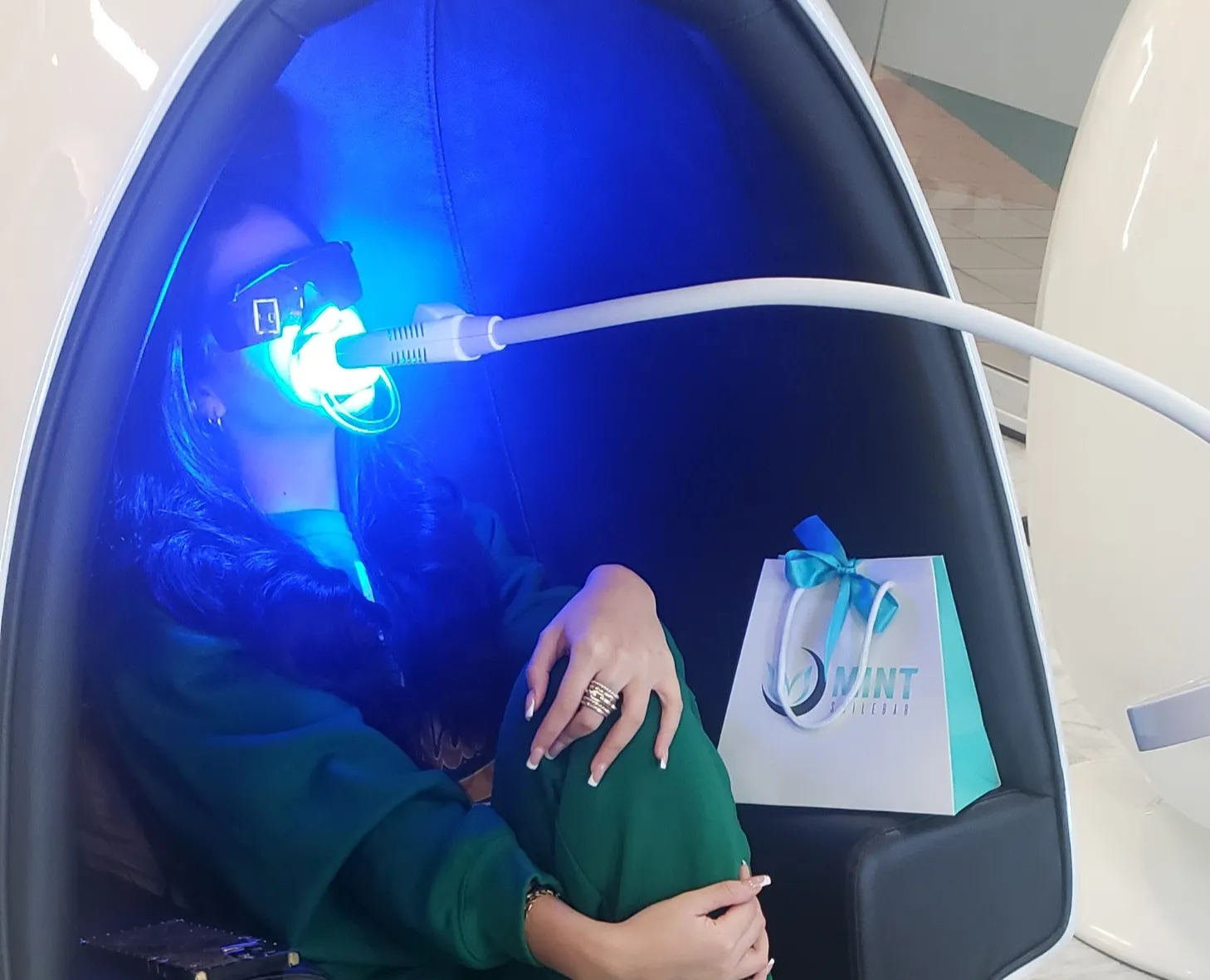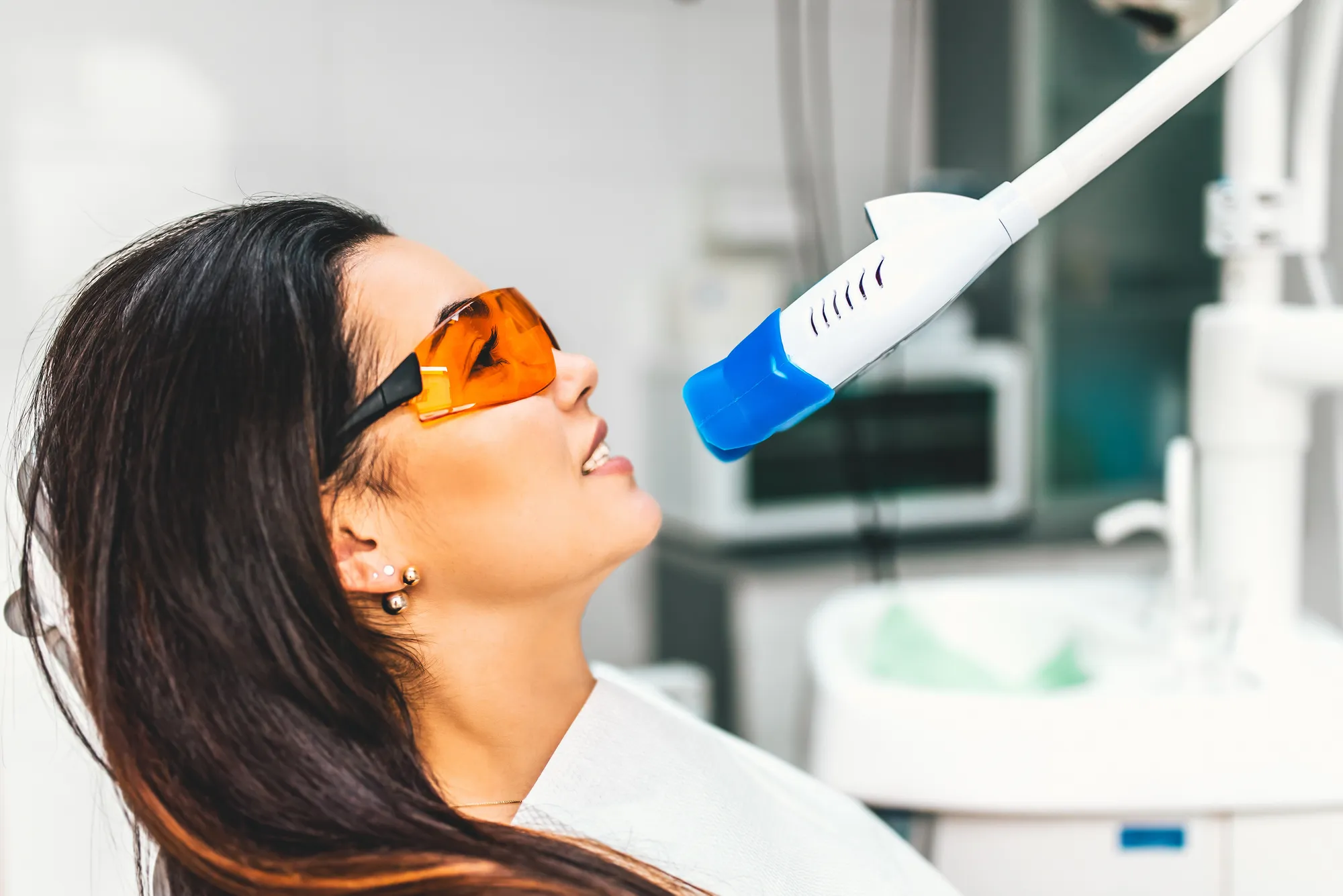Understanding Teeth Whitening Costs
Teeth whitening is a popular cosmetic dental procedure, sought after by many individuals looking to enhance their smiles. The average cost for teeth whitening can vary significantly based on several factors, making it crucial to understand the different elements that contribute to the overall price. This guide provides a comprehensive overview of the costs associated with teeth whitening, helping you make informed decisions about your dental care. From in-office treatments to at-home kits, we’ll explore the various options available, their respective price points, and what influences these costs. Understanding these aspects will empower you to choose the most suitable and cost-effective teeth whitening solution for your needs. The goal is to provide clarity and transparency regarding teeth whitening expenses, so you can achieve a brighter smile without financial surprises.
Factors Influencing Teeth Whitening Costs
Several key factors play a role in determining the final cost of teeth whitening treatments. The type of whitening treatment is a primary determinant, with in-office procedures generally being more expensive than at-home alternatives. Geographic location also influences pricing; dental care costs can differ widely depending on where you live, with urban areas often having higher prices than rural locations. Furthermore, the dentist’s fees and their level of expertise contribute to the cost, as does the complexity of your case. Insurance coverage, though not always applicable, can sometimes offset a portion of the expense. Understanding these influencing factors helps you anticipate the total cost and make a well-informed decision. The more informed you are about these elements, the better equipped you’ll be to find a teeth whitening solution that aligns with your budget and desired outcomes. The cost depends on many factors and the specific type of treatment performed.
Type of Whitening Treatment

The type of teeth whitening treatment you choose significantly impacts the cost. Each method offers varying levels of effectiveness, convenience, and price points. In-office treatments, administered by a dental professional, generally provide the most dramatic and immediate results but come with a higher price tag. At-home whitening kits, which include custom-fitted trays and bleaching agents, offer a more affordable option but may require more time to achieve the desired results. Over-the-counter products, such as whitening strips and toothpastes, are the most budget-friendly but often deliver the least noticeable changes. Evaluating these different options, considering your budget, and desired level of whitening will help determine the best fit for your needs. It’s important to balance the cost with the expected outcomes and the level of convenience each treatment offers.
In-Office Whitening
In-office teeth whitening, also known as professional teeth whitening, is conducted by a dentist in their clinic. This method typically involves the application of a high-concentration bleaching agent, often activated by a special light or laser, to expedite the whitening process. Because of the expertise and specialized equipment involved, in-office whitening tends to be the most expensive option. However, it offers the most significant results in a single session, making it ideal for those seeking rapid and dramatic improvements. The cost includes the dentist’s time, the use of advanced technology, and the quality of the bleaching agents. While the initial investment is higher, many patients appreciate the convenience of immediate results and the professional supervision throughout the procedure. The cost can vary, depending on the dentist and geographic location, but generally starts at a higher price point compared to other methods.
At-Home Whitening Kits
At-home whitening kits offer a more cost-effective alternative to in-office treatments. These kits usually include custom-fitted trays designed to fit your teeth precisely, and a bleaching gel prescribed by your dentist. The dentist will create the trays and provide instructions on how to use them, ensuring you can apply the whitening agent safely and effectively. Although these kits can be more affordable than professional treatments, the process generally takes longer, requiring you to wear the trays for a specified duration daily or nightly for several weeks. The initial cost covers the consultation with your dentist, the creation of the custom trays, and the supply of bleaching gel. These kits provide a good balance between cost and effectiveness, allowing you to whiten your teeth in the comfort of your home, at your own pace. This method is a popular choice for those seeking noticeable improvements without the higher costs of in-office treatments.
Over-the-Counter Products

Over-the-counter teeth whitening products are the most budget-friendly option, widely available in drugstores and online. These products include whitening strips, toothpastes, gels, and mouthwashes, all designed to remove surface stains and brighten your teeth. The cost of these products is significantly lower compared to other methods, making them accessible to a broader audience. However, over-the-counter products generally contain lower concentrations of bleaching agents, leading to less dramatic and slower results. While they can be effective for minor discoloration, they may not be suitable for deeper stains. The convenience and affordability make these products a popular choice for maintaining a brighter smile or for those looking for a subtle change. It is important to read and follow the instructions to get the best results and to avoid potential side effects like increased tooth sensitivity.
Geographic Location
The geographic location significantly affects the cost of teeth whitening. Dental care costs, including cosmetic procedures like teeth whitening, can vary significantly from one region to another. Urban areas, for example, tend to have higher costs due to higher overhead expenses and a greater demand for services. Rural areas often have lower prices due to less competition and reduced operating costs. Additionally, the cost of living in a particular area influences the prices of dental services. Before undergoing any teeth whitening procedure, it’s wise to research the average costs in your area. Checking with multiple dental practices in your location and comparing their prices helps you find the most affordable option without compromising on quality or safety. Being aware of these regional variations will help you budget effectively and ensure you’re receiving a fair price for the service.
Dentist’s Fees and Expertise
The fees charged by your dentist, along with their level of expertise, are significant factors that influence the cost of teeth whitening. Dentists with extensive experience and specialized training in cosmetic dentistry often charge higher fees due to their enhanced skills and the superior results they can provide. Similarly, the reputation and popularity of a dental practice can affect the cost of services. Practices with a strong reputation may charge more due to the high demand and the quality of care they offer. Furthermore, the specific fees related to the procedure, the type of whitening treatment, and any pre-treatment procedures necessary, such as a professional cleaning, can contribute to the overall expense. Researching different dental practices and comparing the services and fees they offer is a crucial step in finding a qualified dentist who fits your budget and meets your expectations.
Insurance Coverage

Dental insurance typically does not cover cosmetic procedures like teeth whitening, as they are considered elective treatments. However, it’s always advisable to check with your insurance provider to confirm your specific plan’s coverage, as some plans may offer partial coverage under certain circumstances. If your dentist identifies a dental health issue that affects the need for teeth whitening, this may be covered. Even when insurance doesn’t cover the full cost, some providers may offer discounts or financing options to help make the treatment more affordable. Understanding your insurance policy and inquiring about potential coverage can significantly impact your out-of-pocket expenses. If insurance doesn’t apply, explore other payment options like payment plans or financing, to budget for the procedure.
Hidden Costs to Consider
Beyond the primary cost of teeth whitening, several hidden expenses can impact your total expenditure. These may include the cost of the initial consultation and examination, which is necessary to assess your dental health and determine the best whitening approach. Pre-treatment procedures, such as professional teeth cleaning, may be required before whitening, adding to the overall cost. In addition, post-whitening care, including special toothpastes and maintenance treatments, can contribute to the long-term expense. Being aware of these potential extra costs is crucial for budgeting accurately and avoiding surprises. Always inquire with your dentist about all potential fees to get a complete picture of the total cost of your teeth whitening treatment. Planning for these hidden costs ensures you’re prepared for any additional expenses and helps you manage your finances effectively.
Cost of Consultation and Examination
The initial consultation and examination are essential steps in the teeth whitening process, but they come with their own costs. During the consultation, your dentist will assess your oral health, discuss your expectations, and recommend the most suitable whitening treatment. The cost of this consultation can vary, depending on the dentist and the complexity of the examination. The examination usually includes a review of your dental history, an assessment of your current oral health, and, potentially, X-rays to identify any underlying issues. While this cost is separate from the whitening procedure, it’s a critical investment in your dental health. It helps ensure the whitening treatment is appropriate for your teeth and that you are aware of any pre-existing conditions that might affect the outcome. Before scheduling the procedure, it’s wise to inquire about the cost of the consultation and any related exams.
Cost of Pre-Treatment Procedures

Before undergoing teeth whitening, you may need to have some pre-treatment procedures. The most common is a professional teeth cleaning, which removes plaque and tartar buildup that can prevent the whitening agent from effectively penetrating the enamel. This cleaning improves the results of the whitening treatment. If you have cavities or gum disease, these issues will need to be addressed prior to whitening. The cost of these pre-treatment procedures will add to the overall expense. Knowing the cost of potential procedures helps you budget for the total treatment cost. Make sure to discuss this with your dentist to ensure you are prepared for any additional charges.
Post-Whitening Care Costs
Post-whitening care is an important part of maintaining your brightened smile, and it can involve additional costs. You may need to purchase specialized toothpaste designed to reduce tooth sensitivity and protect your enamel. Some dentists recommend maintenance treatments or touch-up kits to prolong the effects of the whitening. Additionally, you might need to modify your diet, avoiding foods and drinks that can stain your teeth, which might involve purchasing alternative products. These maintenance costs, though not substantial, can add up over time, so it’s essential to factor them into your overall budget. Talking with your dentist about post-whitening care helps you understand the necessary steps and related costs, ensuring you can maintain your desired results for longer.
Comparing Whitening Options
Comparing the various teeth whitening options is essential for making an informed decision. In-office whitening offers the most immediate results and is performed by a professional. At-home kits provide a more affordable, convenient option, with custom trays. Over-the-counter products are the least expensive, but their effectiveness may be limited. Each method has unique advantages and disadvantages, including the time it takes to see results, the convenience, and the potential side effects. The best option depends on your budget, desired level of whitening, and the amount of time and effort you are willing to invest. Evaluating each option allows you to make a choice that aligns with your needs and preferences. This careful comparison helps you achieve a brighter smile without exceeding your financial and time commitments.
Pros and Cons of Each Method

Understanding the pros and cons of each teeth whitening method helps you choose the best option. In-office whitening provides instant results, performed under professional supervision, which ensures safety and effectiveness. The main downside is the high cost. At-home kits are more affordable and convenient, allowing you to whiten your teeth at your own pace, however, it can take several weeks to see results. Over-the-counter products are the cheapest, but they can be less effective and may not suit all types of stains. Some of these products may also cause sensitivity or irritation. Weighing these advantages and disadvantages helps you select the most suitable method for your circumstances, taking into account your budget, time constraints, and desired level of whitening. This thorough evaluation ensures you can make a decision that aligns with your expectations and needs.
Cost-Effectiveness Analysis
A cost-effectiveness analysis is essential to evaluate the value of different teeth whitening options. Consider the cost versus the expected outcomes. In-office whitening provides immediate results but is the most expensive, while at-home kits offer a better balance of cost and effectiveness, even though they may take longer. Over-the-counter products are the least expensive, but they may not provide the desired level of whitening. Evaluating the cost-effectiveness means assessing whether the results justify the financial investment. The best approach involves comparing the long-term benefits, such as the duration of the results, against the cost of each option. Ultimately, the most cost-effective choice depends on your individual priorities, budget, and whitening goals. It’s about finding the best balance of price, quality, and desired outcome.
Tips for Saving Money on Teeth Whitening
Saving money on teeth whitening is possible by being strategic in your approach. Researching and comparing prices from different dental practices is a fundamental step. Some dentists offer promotional deals or discounts, especially during certain times of the year. Another way to save money is by negotiating with your dentist, especially if you’re paying out of pocket. Some practices are willing to adjust prices or offer payment plans. Choosing at-home whitening kits over in-office treatments can significantly reduce costs. Prioritizing preventive dental care helps you avoid more expensive treatments down the line, maintaining your oral health. Implementing these money-saving strategies ensures you achieve a brighter smile without breaking the bank. Always inquire about all costs upfront to avoid surprises.
Researching and Comparing Prices
Researching and comparing prices is an essential step in saving money on teeth whitening. Before making any decisions, contact several dental practices in your area and inquire about their teeth whitening services and fees. Ask for detailed pricing information, including consultation fees, the cost of the procedure itself, and any additional charges. Compare the services and reputation of each practice. Online reviews and testimonials provide insights into the quality of care and patient satisfaction. Looking for practices that offer discounts or promotional deals is a good approach. Compare the price, service, and results before deciding. Thorough research lets you identify the most affordable option without sacrificing the quality of care. Taking the time to research and compare options ensures you get the best value.
Negotiating with Your Dentist
Negotiating with your dentist can be a way to reduce the cost of teeth whitening. While dentists don’t always offer discounts, it’s worth discussing your budget and seeing if they can adjust the price, especially if you’re paying out of pocket. Some dentists may be willing to offer a discount if you’re a long-term patient or if you are bundling multiple services. Inquire about payment plans or financing options, which can make the treatment more affordable by spreading the cost over time. Be polite, and explain your financial situation. The worst they can say is no, but in some cases, you might be able to negotiate a more favorable payment arrangement. This approach requires clear communication and a willingness to discuss your needs and financial limitations.
Maintaining Your Whitened Smile
Maintaining your whitened smile requires consistent care and attention. Following your dentist’s aftercare instructions is a must. This includes the use of special toothpastes designed to maintain the results and reduce tooth sensitivity. Avoiding foods and drinks that can stain your teeth, such as coffee, tea, red wine, and dark berries, helps prevent discoloration. Regular dental check-ups and cleanings are vital to maintaining your smile’s brightness. These appointments help remove surface stains and ensure your teeth remain healthy. By implementing these strategies, you can prolong the effects of your teeth whitening treatment, enjoying a brighter smile for many years to come. Consistency and diligence in your dental care routine are key.
Aftercare Products and Routine
An effective aftercare routine is crucial for maintaining your whitened smile and involves the use of specific products and practices. Your dentist may recommend a specialized toothpaste that helps maintain the results and reduces tooth sensitivity. You may also need to use a whitening toothpaste to prevent new stains from forming. Brush and floss your teeth regularly, at least twice a day. Consider using a mouthwash that helps protect your enamel. Schedule regular dental check-ups and professional cleanings to maintain your results. These products and practices work together to keep your teeth looking their best, for the long term. Consistency in your aftercare routine is essential to protect your investment and keep your smile bright.
Avoiding Staining Foods and Drinks
Avoiding staining foods and drinks is an essential part of maintaining a bright smile after teeth whitening. Certain foods and beverages are known to stain teeth, including coffee, tea, red wine, dark berries, and soy sauce. Limit your consumption of these items. If you do consume them, rinse your mouth with water immediately afterward. Consider using a straw for drinks, which can help minimize contact with your teeth. Following these simple steps helps protect the results of your teeth whitening treatment, ensuring you can enjoy your brighter smile for an extended period. Making mindful choices about what you consume can significantly impact the longevity of your investment.
